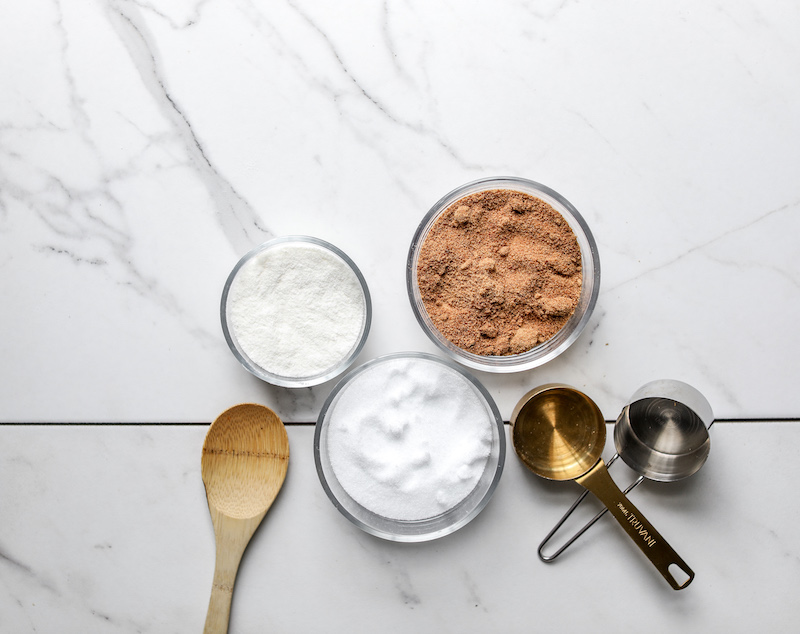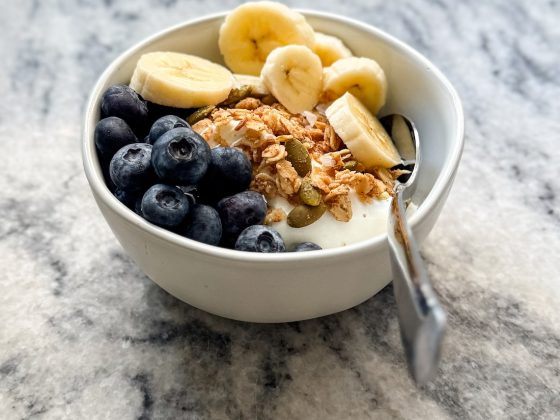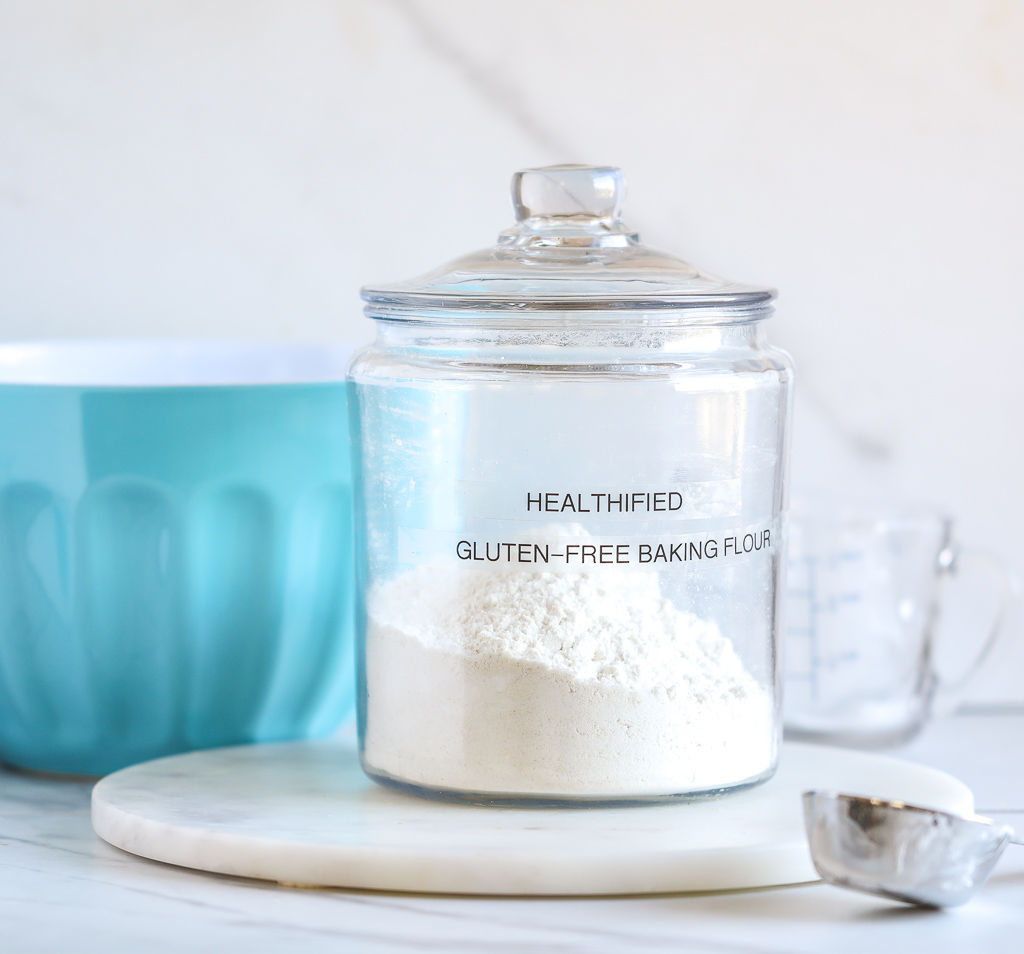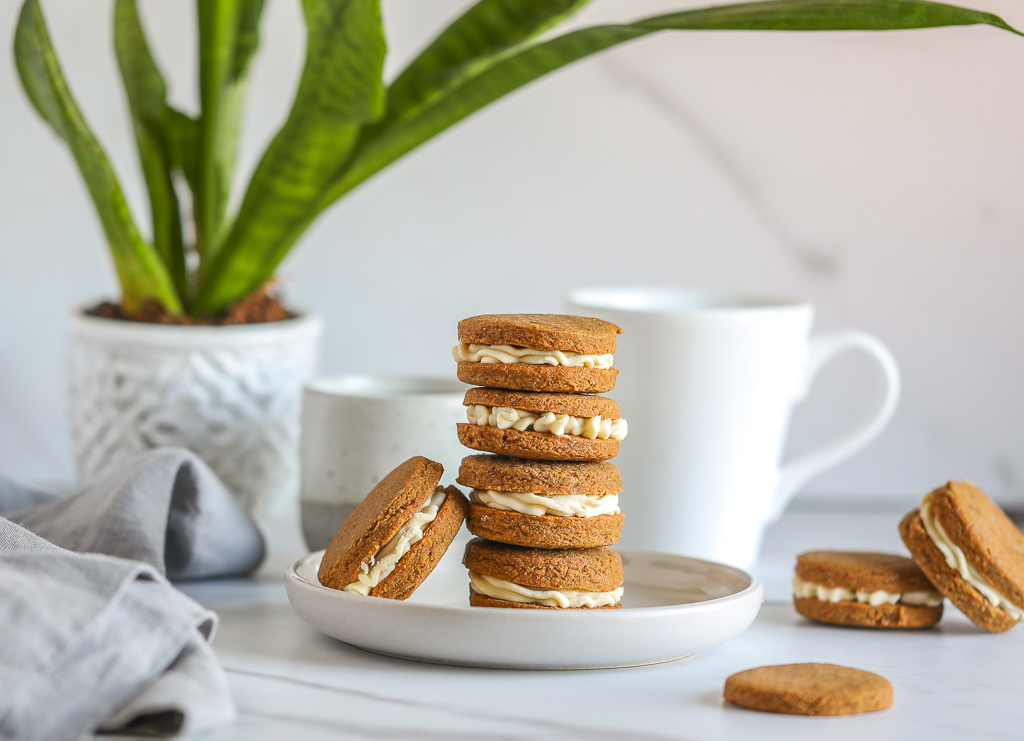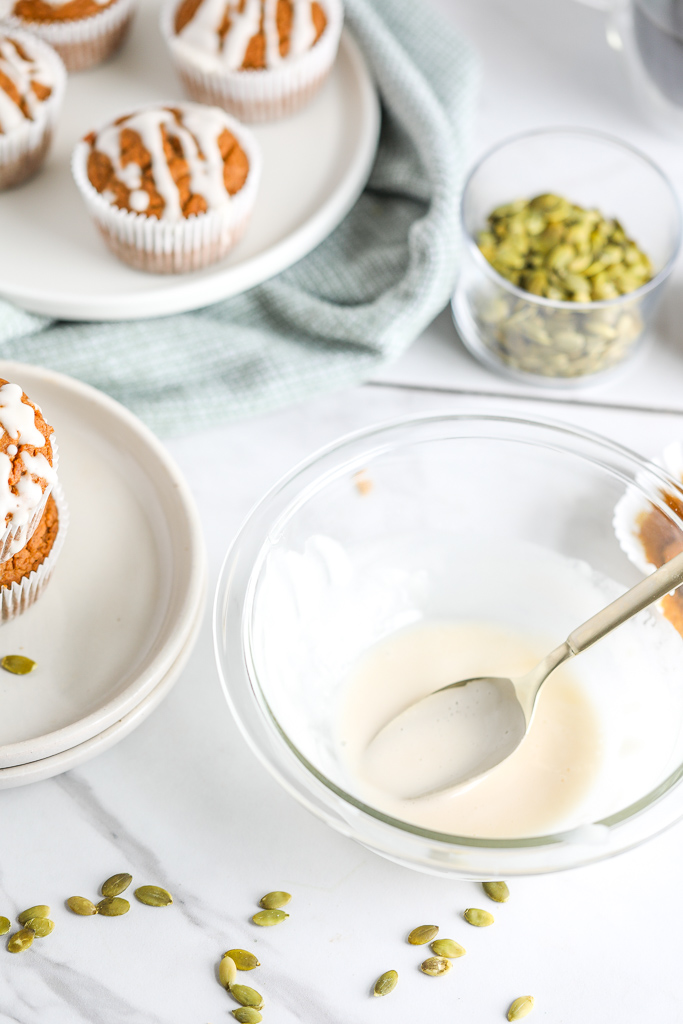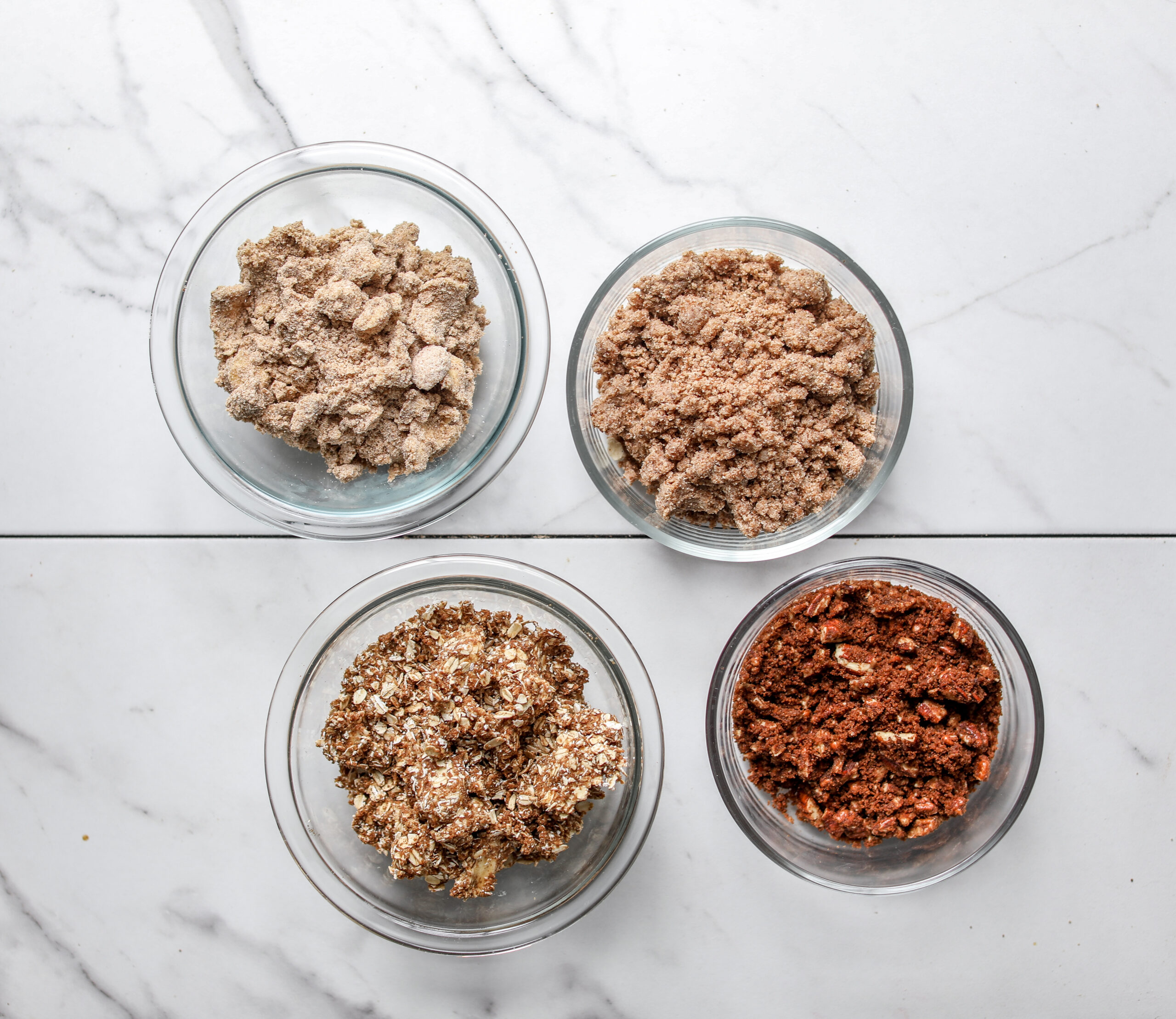When I immersed myself in the world of wellness, I didn’t give up my love of baking, I simply found ways to upgrade ingredients to make sweet treats on the healthier side. When you think of Healthified baking, decreasing the sugar content might be one of the first things that come to mind. To make a baked good that is more blood sugar balancing and metabolically friendly, this makes sense. Sugar, when over consumed, not only can be inflammatory in the body, but could also lead to serious issues such as insulin resistance, pre-diabetes, and eventually type 2 diabetes. Studies have also linked sugar to other chronic illnesses such as cancer and Alzheimers. If you have a sweet tooth like me, these sugar statistics would be worrisome. It is why I have made it a part of my mission to bring healthier baked goods into your home. I believe there can be the best of both worlds! Especially on those occasions that call for them. What would birthdays, holiday dinners, or milestone celebrations be without baking?
Let’s look at granulated sweeteners specifically. Creating healthier baking recipes using lower glycemic options isn’t as easy as it sounds. You really have to understand the role that sugar plays in the baking process, and how alternative sweeteners stack up against their traditional counterparts. While I want to dive into those individual sweeteners a little deeper down the road, I thought it would be a good idea to put a post out there that goes over the role granulated sugar plays in general, and what that means for Healthified recipes.
The role of granulated sugar in baking
Sweetens. The most obvious role that granulated sugar plays in baking is sweetening whatever it is you are making. This of course makes the baked good delicious. As humans, we are hardwired to crave sweet foods, and when sugar is combined with other baking ingredients such as flour, fat, and salt, the end result is highly palatable. But the science doesn’t stop there; sugar does so much more.
Holds on to moisture. “Moist” is a description that most bakers are going for, and granulated sugar helps to retain moisture in recipes. This is due to sugar’s hygroscopic nature, which pertains to sugar’s ability to attract and hold on to water molecules to yield a desired consistency and texture. Certain sweeteners are more hygroscopic than others. For example, in traditional baking, brown sugar is more hygroscopic than white sugar. Comparably in Healthified baking, coconut sugar is more hygroscopic than allulose. Which one is used – or the ratio in which they are combined – will affect the outcome.
Tenderizes structure. Think about a cake, cupcake, or cookie versus a bread or muffin. You would probably describe the former baked goods as having a softer and more tender texture. I would consider the latter examples as being heartier and more dense. Sugar is a contributing factor to how tender a baked good becomes. In traditional baking, this occurs when sugar weakens the gluten structure in doughs and batters. While all Healthified recipes are gluten-free, sugar’s tendency to tenderize becomes more important. In the absence of gluten, which is responsible for providing both tenderness and structure, granulated sugar can help to fill this void. It can yield a softer crumb and prevent the baked goods from being too dry.
Enhances and balances flavor. Not only does sugar make a baked good more palatable, but it can balance out other flavors in a recipe. Recipes containing highly acidic ingredients like cocoa powder or citrus wouldn’t be as pleasant and delicious without sugar. It can also help soften more pungent flavoring agents like extracts and spices to yield a sweeter taste. Furthermore, sugar balances out the flavors of those alternative flours that are often used in Healthified baking, such as almond, coconut, or rice flours.
Provides caramelization and browning. What happens when you apply high heat to a granulated sweetener? It liquifies and becomes caramelized. In recipes such as upside-down cakes, and even with cookies and bread, baking with granulated sweeteners works to provide that deep, rich caramel color and flavor. In Healthified baking, when wheat flour is substituted with gluten-free flours that don’t brown the same, granulated sugar can improve the appearance and flavor of these baked goods as well.
Helps with leavening. In traditional baking when a leavening agent like baking soda is used, granulated sugar supports its leavening properties by providing acid, which in turn creates carbon dioxide gas and results in rise. Given that Healthified baking relies heavily on leavening agents for overall structure, shape, and rise, granulated sugar in these recipes becomes even more important.
Assists with texture and structure. Have you read a baking recipe, and wondered why beating butter and sugar together is one of the first steps? This is called creaming, and there is a reason behind it. It is during this creaming process that sugar traps air, which then contributes to the crumb and texture of a baked good. In Healthified baking, this process can be achieved with alternative ingredients such as coconut oil and coconut sugar. Additionally, granulated sugar can help provide structure. While it may not be as sturdy as gluten, it still plays a part. For example, think about if you were to bake a muffin recipe using granulated sugar versus a liquid sugar like maple syrup. The final product would look and feel a lot different depending on which one you use.
Upgraded sweeteners to add to your baking pantry
These are the alternative granulated sweeteners I have in my baking pantry. And while I have been using some of these for longer than others, it is fun to experiment and see which one works best in certain recipes! For more information about what the science says about these sweeteners, check out this post.

